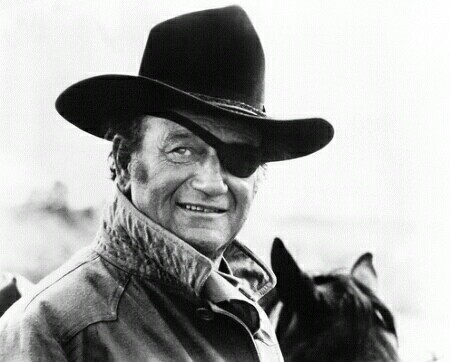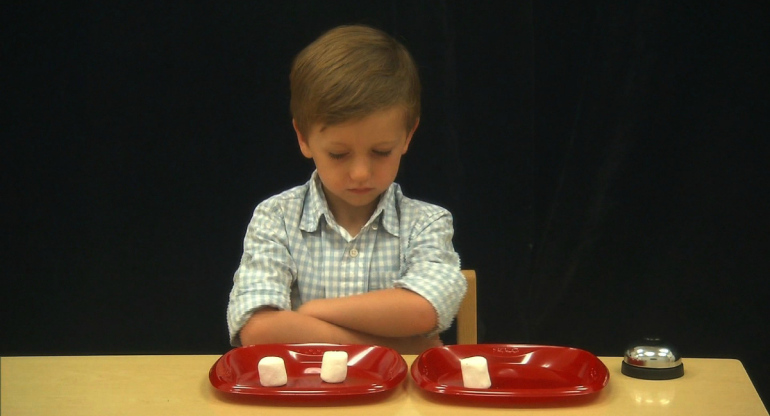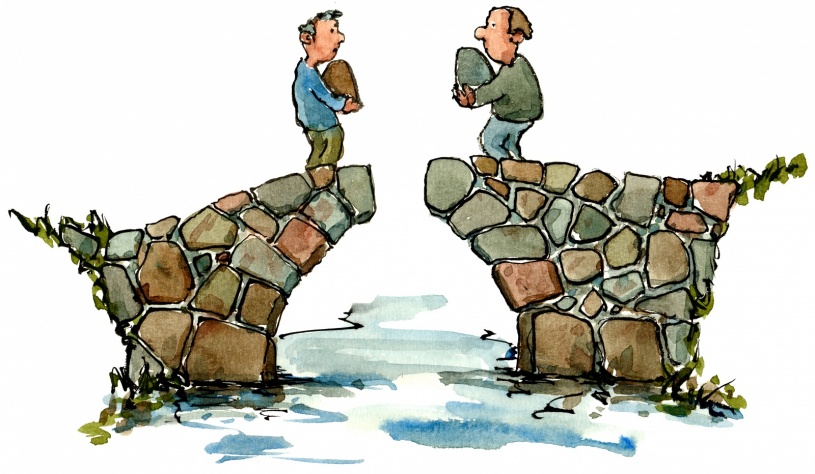“Rock bottom became the solid foundation on which I rebuilt my life.”
-J.K. Rowling, Author of the Harry Potter series

Image from www.telegraph.co.uk
J.K. Rowling conceived the idea for the highly successful Harry Potter series while on a train from Manchester to London in 1990. At the time, she was working as a researcher and bilingual secretary for Amnesty International. Over the course of the next seven years, her mother died, her first marriage ended in divorce, and she and her young child lived in relative poverty, subsisting on state benefits, until she finished the first book in the series.
Five years later, she became a multi-millionaire.
She was the runner-up for Time Magazine’s Person of the Year, noted for the social, moral, and political inspiration she brought to her fans. Today, she supports numerous charities.
EXERCISE:
Where and how can you use life’s biggest challenges and difficulties as the foundation to take your life to the next level?
How can you support others in your world to do the same?












